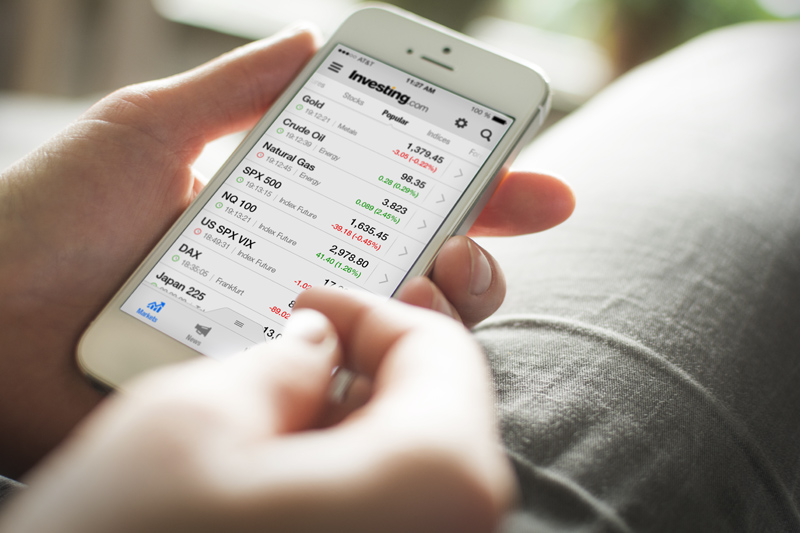* Taiwan dollar leads gains
* INR drops after govt ramps up borrowing
* China cenbank cuts April short-term loan rates
* S. Korea reports jump in new virus cases
* Malaysia market closed for public holiday
(Adds text, updates prices)
By Anushka Trivedi
May 11 (Reuters) - Most emerging Asian currencies firmed on
Monday, with the Taiwan dollar leading the pack, as more
countries moved towards easing coronavirus-related restrictions
even though the threat of a new wave of infections loomed.
South Korea, which was lauded for its quick action on the
pandemic, reported 69 cases over the weekend, most linked to an
outbreak at a number of Seoul nightclubs and bars which
authorities fear could turn into another major cluster of
infections. The won KRW=KFTC , however, shrugged off the news and
firmed as much as 0.5% to a four-week high, in tandem with its
peers.
"With lockdowns being eased across Europe and Australasia,
as well as the U.S., and the rate of people dying falling in
many countries, markets will likely ignore the threat of
COVID-19 part two, staying with the momentum of the peak-virus
trade," wrote Jeffery Halley, senior market analyst, Asia
Pacific at OANDA.
Countries wrecked by the virus such as Spain and England
announced preparations for a phased easing of lockdown measures
as death tolls declined. Some Asia-Pacific nations, which have
relatively smaller number of cases than European countries, took
similar steps as well. Despite a stronger greenback, regional currencies like the
Taiwan dollar TWD=TP advanced 0.3%, while the Philippine peso
PHP=PH and the Thai baht THB=TH gained 0.2% each.
Also boosting investor sentiment were the Chinese central
bank's lowering of short-term loan interest rates for April and
promise on Sunday to unleash measures to support the economy.
However, the yuan CNY=CFXS eased 0.1% against the dollar.
Meanwhile, Wuhan, the epicentre of the new coronavirus
outbreak in China, reported its first cluster of infections
since the lockdown was lifted a month ago. The Indonesian rupiah IDR= swung between positive and
negative territories before trading little changed.
Southeast Asia's biggest economy is considering plans for a
phased resumption of businesses as early as June 1 but the
reopening proposals came amid mounting criticism for being slow
to respond to the outbreak.
The Malaysian ringgit MYR=MY did not trade on account of a
public holiday.
INDIAN RUPEE
The Indian rupee INR=IN weakened 0.2% after the government
said late on Friday that it would sharply increase market
borrowing in the fiscal year to March 2021 to cushion the blow
from the pandemic. Goldman Sachs analysts predict the government might have
already missed its budgeted fiscal deficit target in 2020 and
may see a steeper rise in bond supply next year.
"We expect supply-demand dynamics to be unfavourable in
2021, unless the central bank decides to play a larger role,"
they said.
India has been in a lockdown for eight weeks, causing
massive losses to an already-ailing economy and prompting
Moody's to forecast 0% growth for this year. Markets now await a
second stimulus package from the government.
The following table shows rates for Asian currencies against the
dollar at 0530 GMT.
CURRENCIES VS U.S. DOLLAR
Currency Latest bid Previous day Pct Move
Japan yen 106.930 106.65 -0.26
Sing dlr 1.413 1.4125 +0.00
Taiwan dlr 29.825 29.902 +0.26
Korean won 1218.800 1219.9 +0.09
Baht 32.170 32.24 +0.22
Peso 50.310 50.39 +0.16
Rupiah 14890.000 14890 +0.00
Rupee 75.700 75.54 -0.21
Yuan 7.083 7.0749 -0.11
Change so far in 2020
Currency Latest bid End 2019 Pct Move
Japan yen 106.930 108.61 +1.57
Sing dlr 1.413 1.3444 -4.82
Taiwan dlr 29.825 30.106 +0.94
Korean won 1218.800 1156.40 -5.12
Baht 32.170 29.91 -7.03
Peso 50.310 50.65 +0.68
Rupiah 14890.000 13880 -6.78
Rupee 75.700 71.38 -5.71
Yuan 7.083 6.9632 -1.69
($1 = 75.6400 Indian rupees)
